Explore London like never before with Open House's ‘alternative' guide
Ahead of its annual architecture event, Open House publishes The Alternative Guide to the London Boroughs, a fascinating book edited by Owen Hatherley that explores the grand metropolis' different neighbourhoods like you've never seen them before
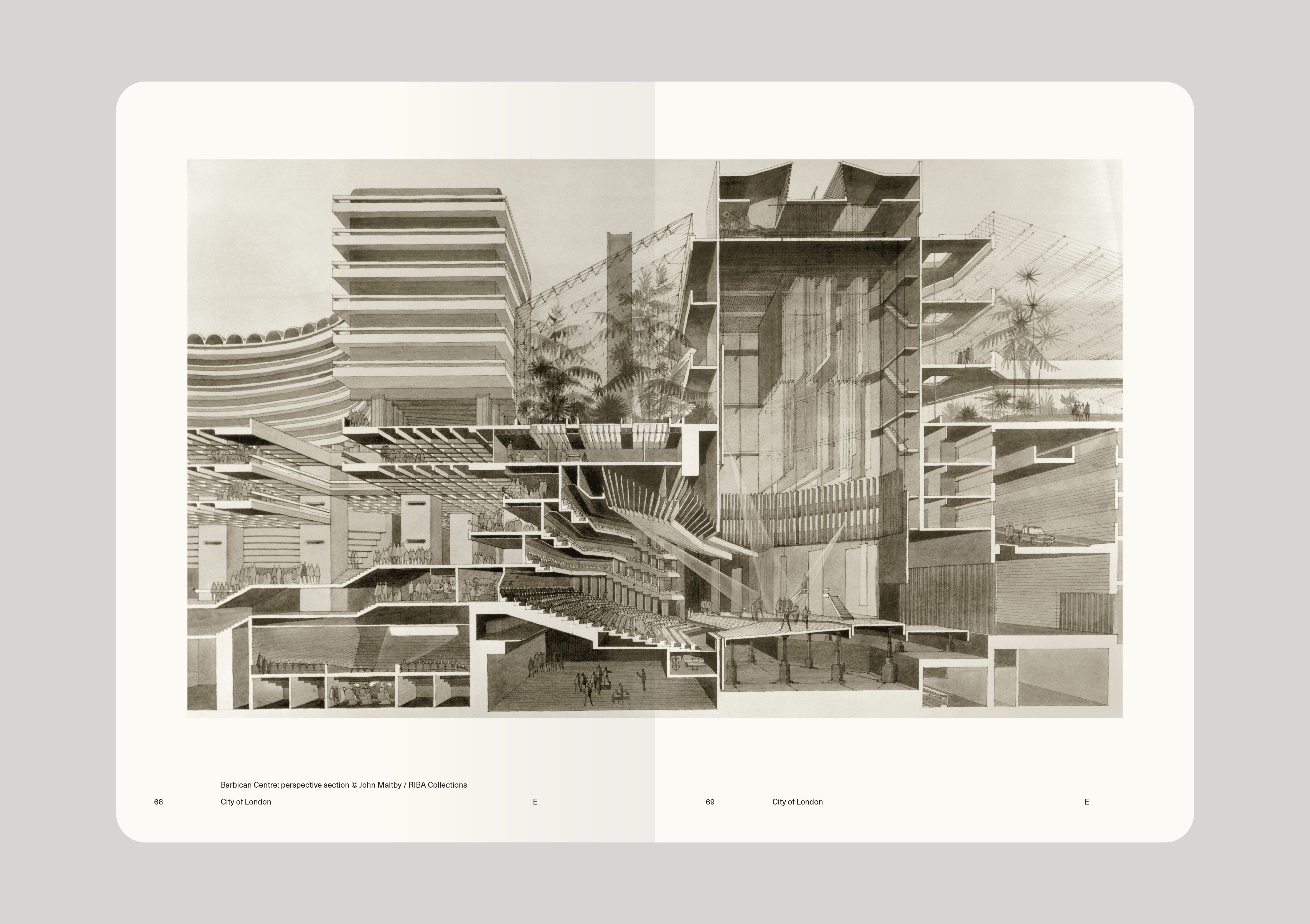
If the ongoing pandemic has changed the way we interact with the city – any – how does that affect our experience of London? Open House, one of the UK capital's most loved autumn architecture calendar staples and a long-term proponent of experiencing architecture first hand, certainly felt a shift. The organisation is famous for its annual weekend of architectural celebration, which has traditionally opened the doors to buildings and places that are usually off-limits to the wider public, revealing lesser known design marvels, instigating debate and exploring spaces – physical, conceptual and virtual. With health and safety guidelines currently in a state of flux and a global crisis unfolding, the festival's traditional approach had to be adjusted; now, a new architecture book, launched ahead of Open House London 2020 (which kicks off on 19 September), The Alternative Guide to the London Boroughs, is here to offer a meaty and refreshing stand-in for those who cannot attend in-person visits and an added bonus to those who can.
When the pandemic hit the UK capital earlier in the year, Open House's newly appointed director, Phineas Harper, who took over the position just a week into the nation's lockdown, knew he was going to have to plan carefully for the 2020 festival edition. The idea of a printed publication soon started to form. ‘At its best, the Open House festival is a critical exploration of London – a journey inside the buildings and history of this complex, contested city,' he says. ‘Faced with Covid, we wanted to create a version of the festival that could open up the stories, struggles and characters behind London's architecture even as the city itself was locking down.'
The result, brilliantly edited by Wallpaper* contributor Owen Hatherley, offers a rich, layered and original look into London's 33 boroughs. Each one has its own chapter, and each is written by a different writer. Contributors were carefully chosen to lead an honest and representative ‘tour' of their assigned territory through their pages. Writers are often local to their allocated borough, able to share candid insights and tell a story that feels personal and honest, such as Jude Wanga's description of ‘the pavements of the London Borough of Islington' and the No 4 bus, and how they helped shaped her since she arrived as a three-year-old asylum seeker from Congo.
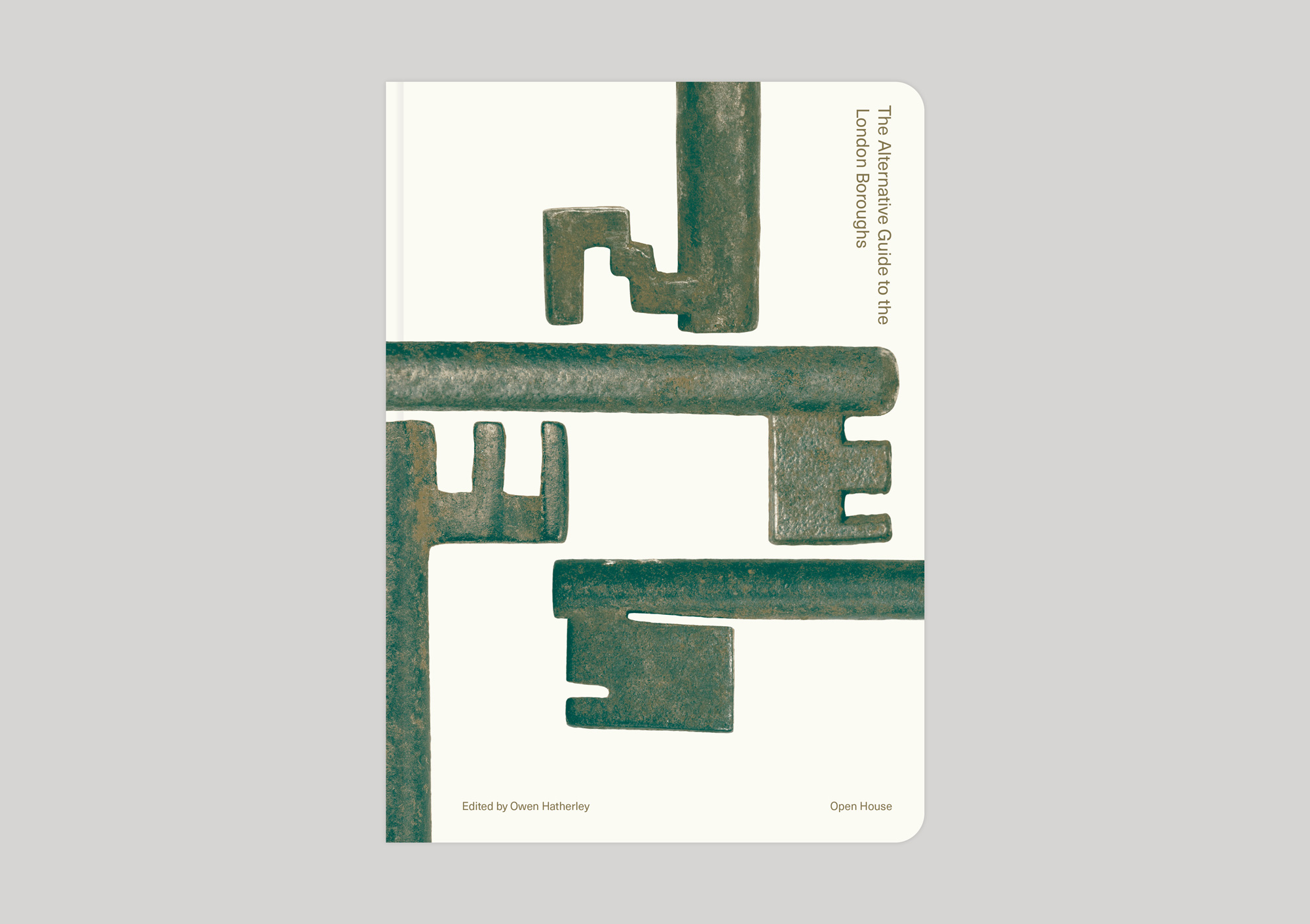
In other cases, says Hatherley, ‘I really wanted to know what a particular writer, who didn't have a local connection, thought of a particular place – Michal Murawski on POSK in Hammersmith, Josie Sparrow on the Red House in Bexley, for instance – sometimes, it's places where I know particular architects have worked, so here Daisy Froud in Harrow, Gavin Leonard in Ealing, and Nicholas Taylor in Lewisham, and one or two more where there were historians who I wanted to get to write about architects they're experts in, so in this case Ewan Harrison's essay on Richard Seifert's blocks on the North Circular in Brent.'
‘But above all I wanted it to have some of the scope and scale of London, some of its vastness and diversity, seeing it as an ordinary metropolis that people are born in and grow up in, rather than just one that people come to from other towns and cities (like I did when I moved here in 1999). We've heard that story a lot but it's only half of the tale,' he continues.
The essays feel intimate and the authors' voices are distinct, engaging and direct. There are tales about origins, travels and childhoods; all superimposed with architectural facts and tales of urban exploration. Each chapter also offers the writers' picks of notable buildings from their area, which are an exciting blend of well known buildings and slightly more ‘hidden' gems from a variety of styles and periods. One could stroll through a neighbourhood, the guide in their arm, and build their own, personal mini-tour, piecing together the complex history of London.
As the Open House's 2020 launch approaches – spanning beyond the original, single weekend, this year's festival runs up until 27 September – Harper has been gearing up to announce the event's new format and expanded horizon, mixing, unsurprisingly, this year, the physical with the virtual. ‘In the immediate future, we're poised to launch the 2020 Open House festival on the 19th of September featuring a mix of original films, model building kits, online children's activities, the new Open City podcast, plus an extensive programme of outdoor events, walking tours and building visits,' he says.
Yet any changes are not just about this year's unconventional circumstances, but also about Open House and the organisation's ongoing relevance and continued key role as a way for people to connect to the built environment. Harper adds: ‘In the longer term, I see our work as connecting big conversations about the future of London and the 46 other cities in the Open House worldwide network with a genuinely public audience who are too often locked out of meaningful debate about architecture and the urban landscape.'
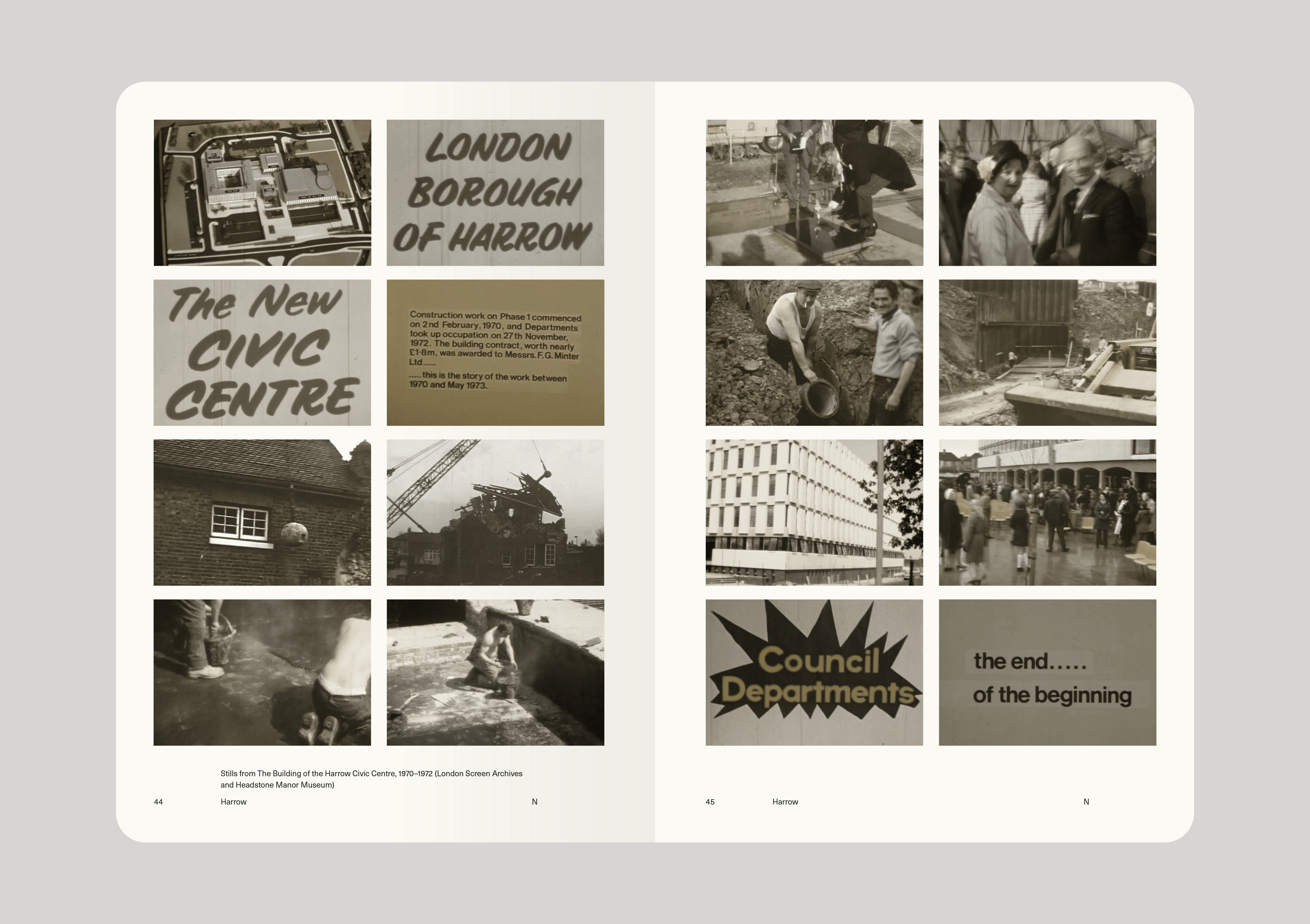
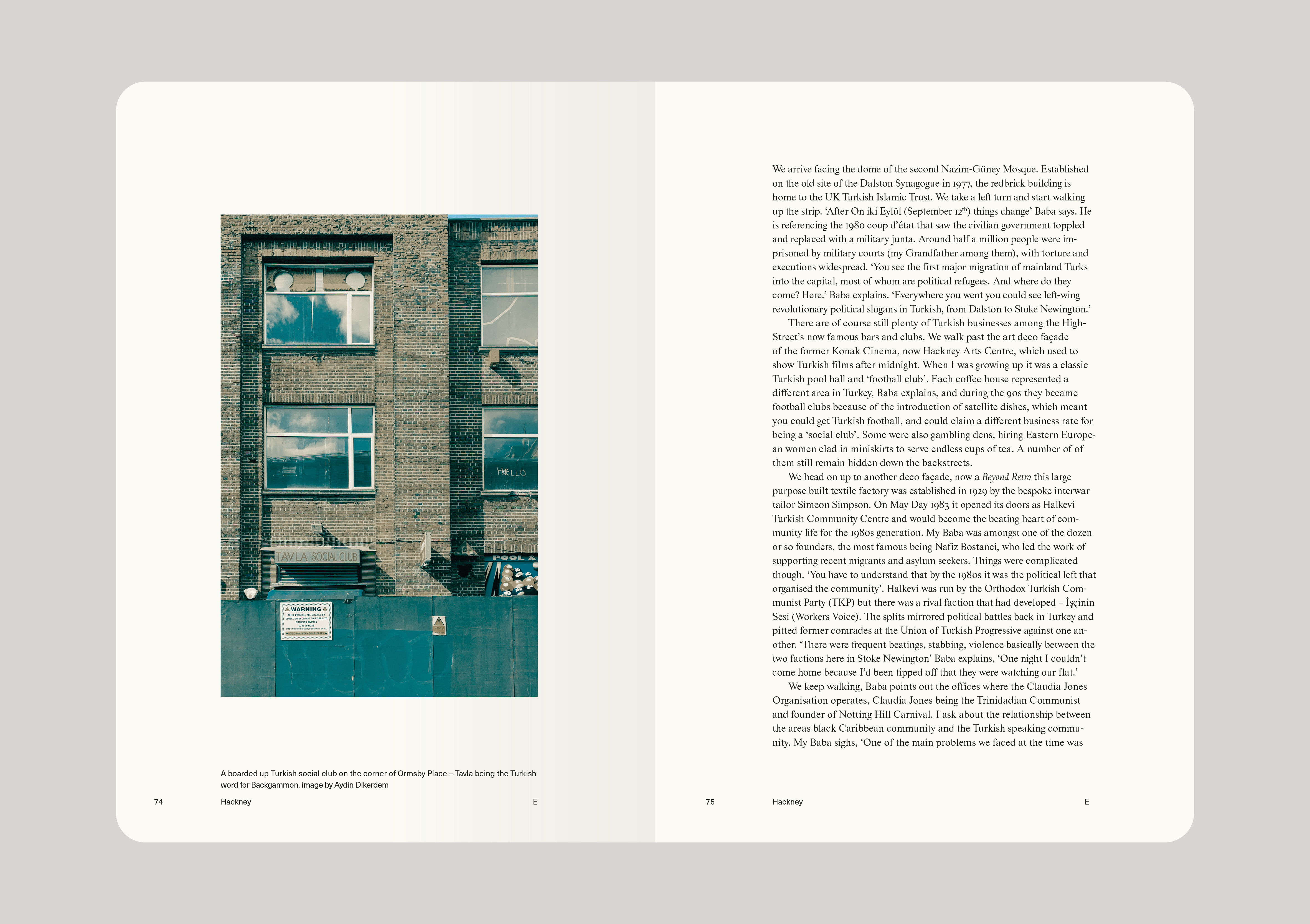
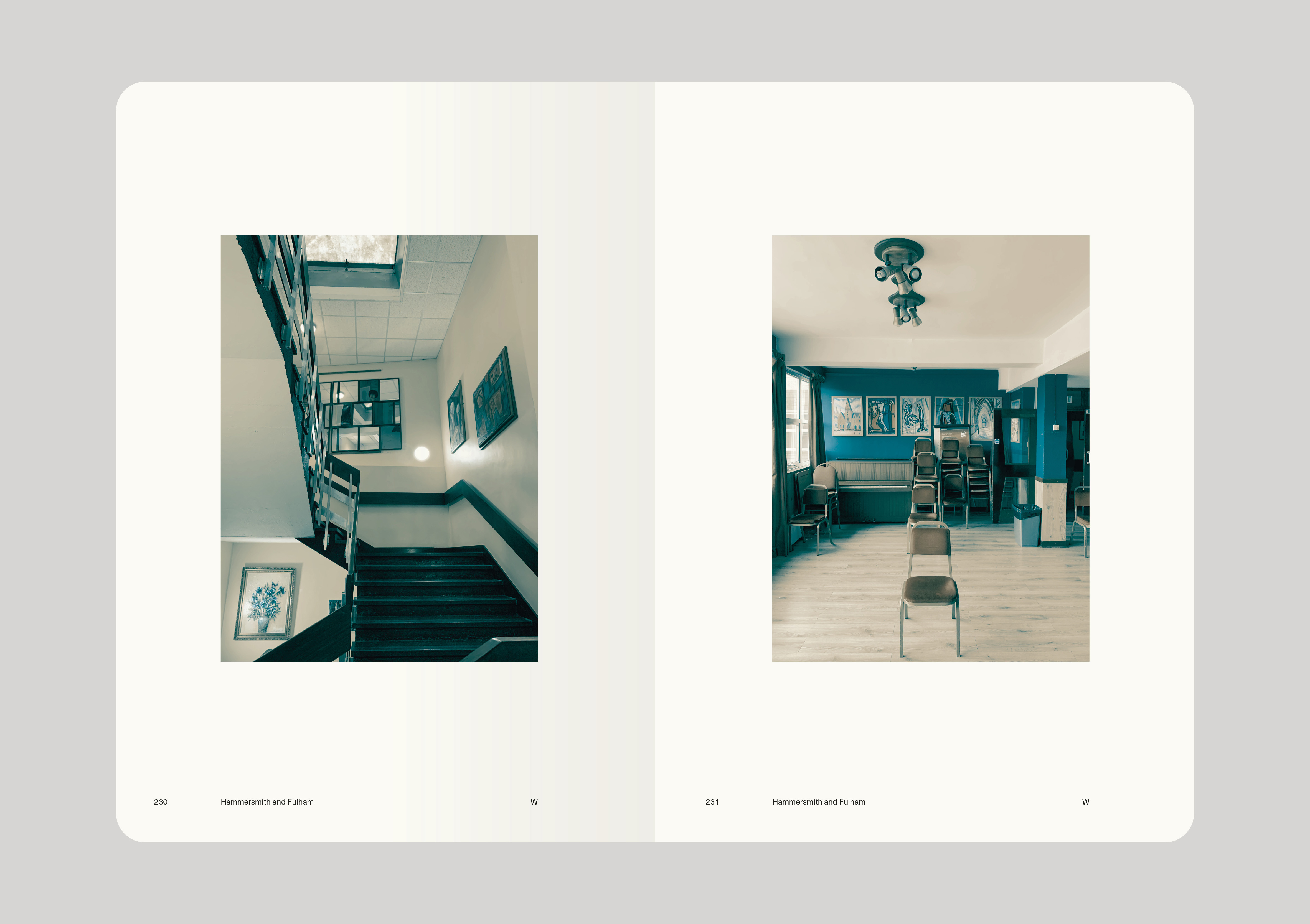
INFORMATION
Receive our daily digest of inspiration, escapism and design stories from around the world direct to your inbox.
Ellie Stathaki is the Architecture & Environment Director at Wallpaper*. She trained as an architect at the Aristotle University of Thessaloniki in Greece and studied architectural history at the Bartlett in London. Now an established journalist, she has been a member of the Wallpaper* team since 2006, visiting buildings across the globe and interviewing leading architects such as Tadao Ando and Rem Koolhaas. Ellie has also taken part in judging panels, moderated events, curated shows and contributed in books, such as The Contemporary House (Thames & Hudson, 2018), Glenn Sestig Architecture Diary (2020) and House London (2022).
-
 7 colours that will define 2026, from rich gold to glacier blue
7 colours that will define 2026, from rich gold to glacier blueThese moody hues, versatile neutrals and vivid shades will shape the new year, according to trend forecasters
-
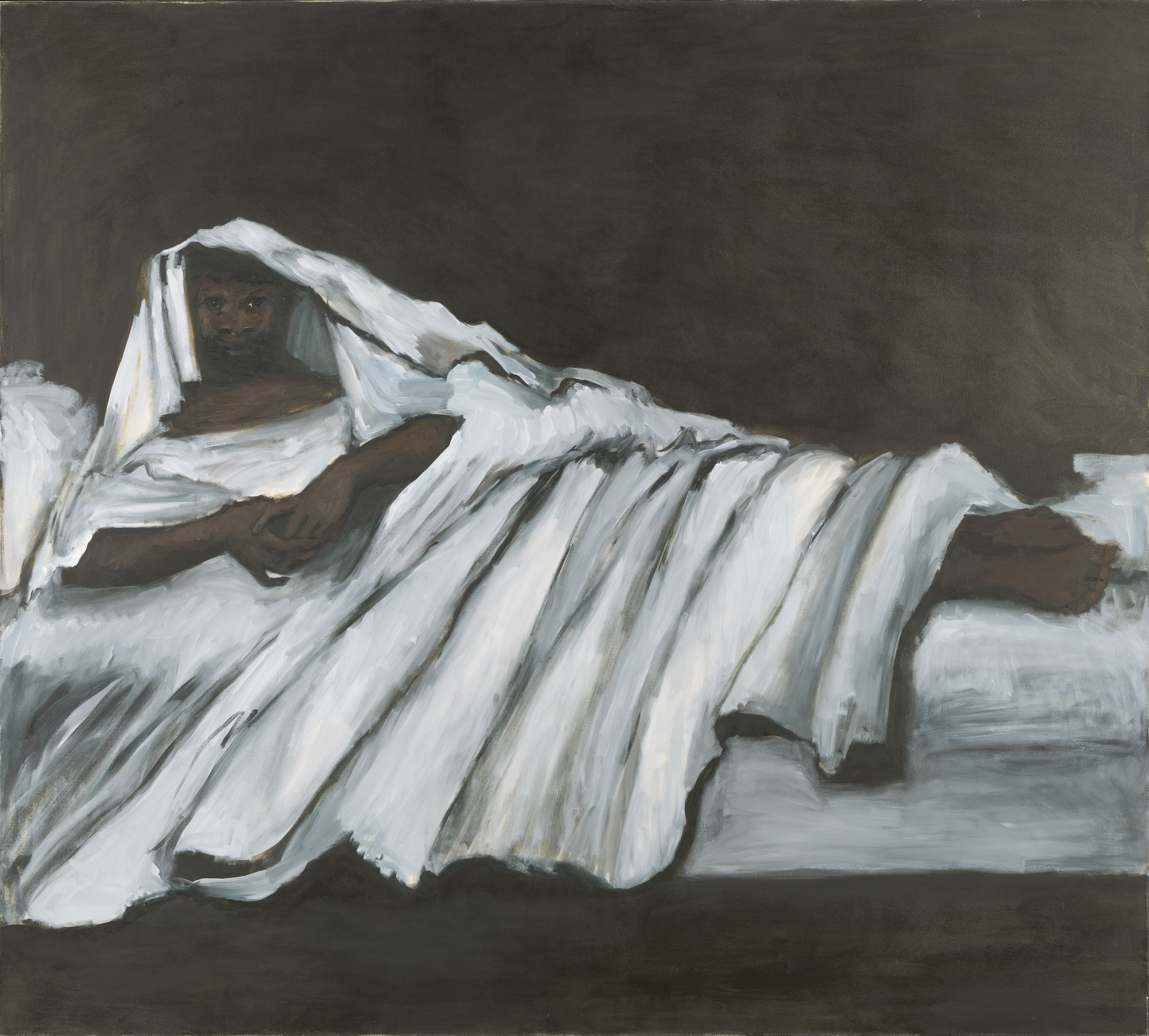 In Norway, discover 1000 years of Queer expression in Islamic Art
In Norway, discover 1000 years of Queer expression in Islamic Art'Deviant Ornaments' at the National Museum of Norway examines the far-reaching history of Queer art
-
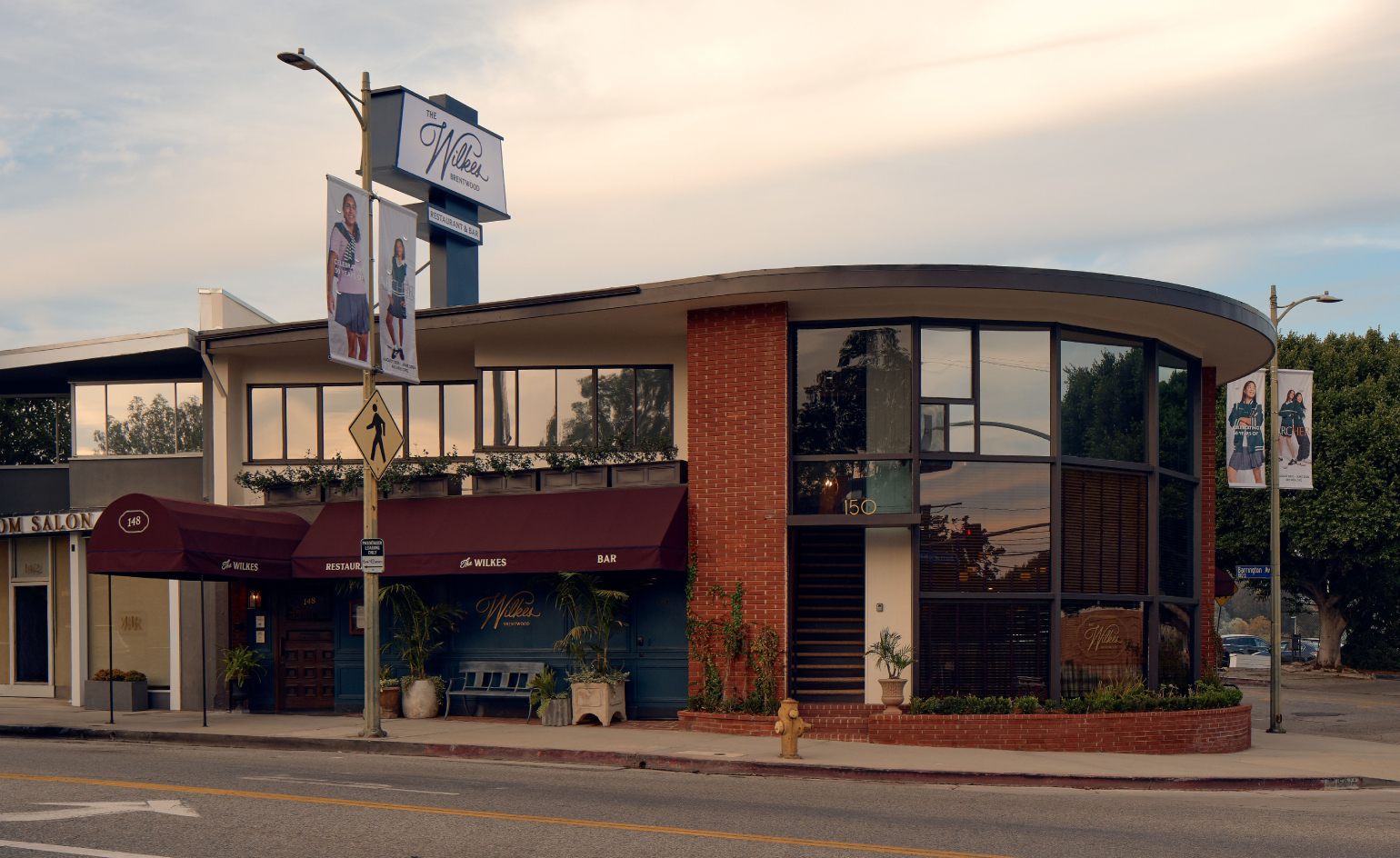 The Wilke is LA’s answer to the British pub
The Wilke is LA’s answer to the British pubIn the Brentwood Village enclave of Los Angeles, chef and restaurateur Dana Slatkin breathes new life into a storied building by one of Frank Gehry’s early mentors
-
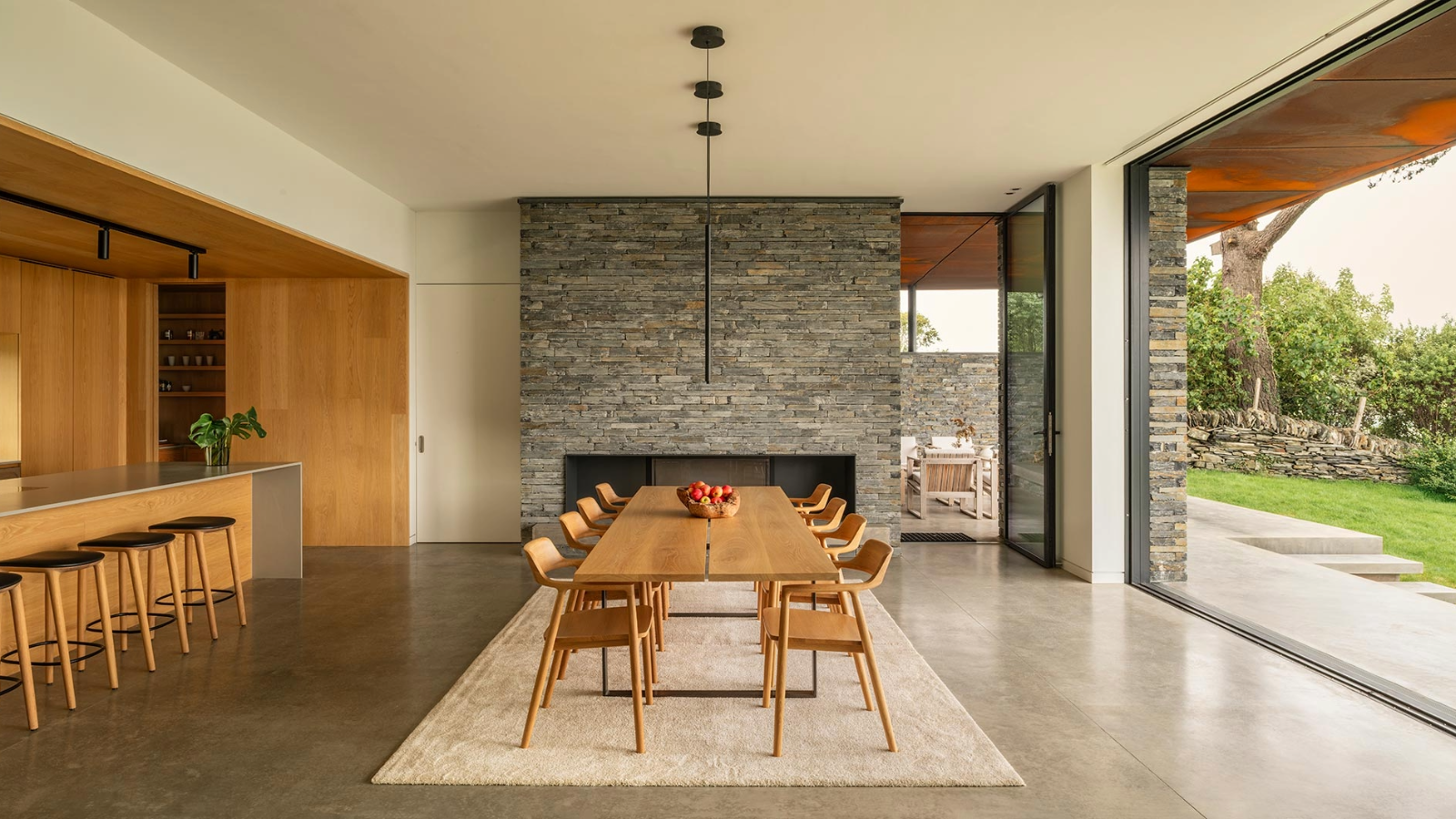 Porthmadog House mines the rich seam of Wales’ industrial past at the Dwyryd estuary
Porthmadog House mines the rich seam of Wales’ industrial past at the Dwyryd estuaryStröm Architects’ Porthmadog House, a slate and Corten steel seaside retreat in north Wales, reinterprets the area’s mining and ironworking heritage
-
 Arbour House is a north London home that lies low but punches high
Arbour House is a north London home that lies low but punches highArbour House by Andrei Saltykov is a low-lying Crouch End home with a striking roof structure that sets it apart
-
 A former agricultural building is transformed into a minimal rural home by Bindloss Dawes
A former agricultural building is transformed into a minimal rural home by Bindloss DawesZero-carbon design meets adaptive re-use in the Tractor Shed, a stripped-back house in a country village by Somerset architects Bindloss Dawes
-
 RIBA House of the Year 2025 is a ‘rare mixture of sensitivity and boldness’
RIBA House of the Year 2025 is a ‘rare mixture of sensitivity and boldness’Topping the list of seven shortlisted homes, Izat Arundell’s Hebridean self-build – named Caochan na Creige – is announced as the RIBA House of the Year 2025
-
 In addition to brutalist buildings, Alison Smithson designed some of the most creative Christmas cards we've seen
In addition to brutalist buildings, Alison Smithson designed some of the most creative Christmas cards we've seenThe architect’s collection of season’s greetings is on show at the Roca London Gallery, just in time for the holidays
-
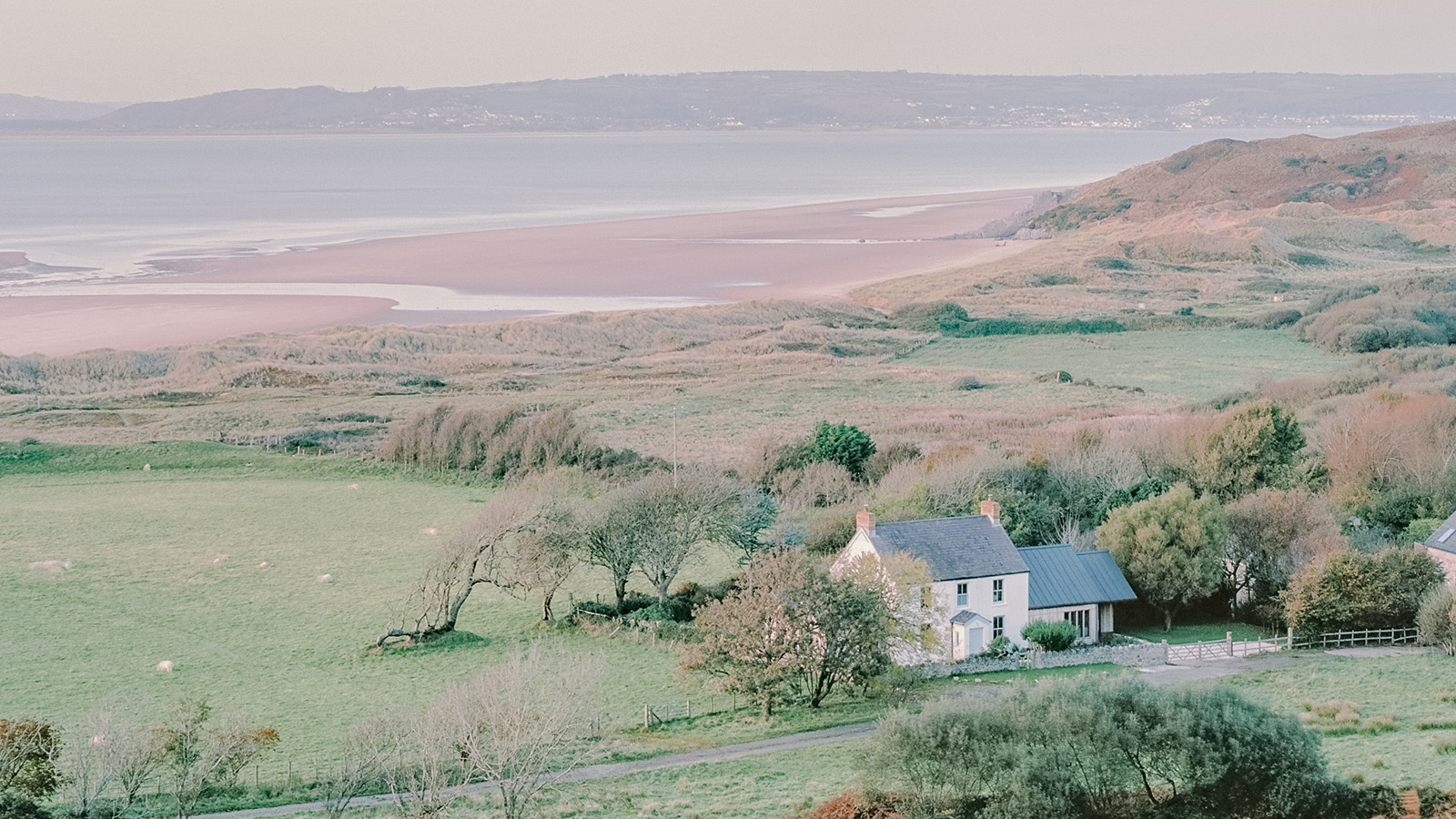 In South Wales, a remote coastal farmhouse flaunts its modern revamp, primed for hosting
In South Wales, a remote coastal farmhouse flaunts its modern revamp, primed for hostingA farmhouse perched on the Gower Peninsula, Delfyd Farm reveals its ground-floor refresh by architecture studio Rural Office, which created a cosy home with breathtaking views
-
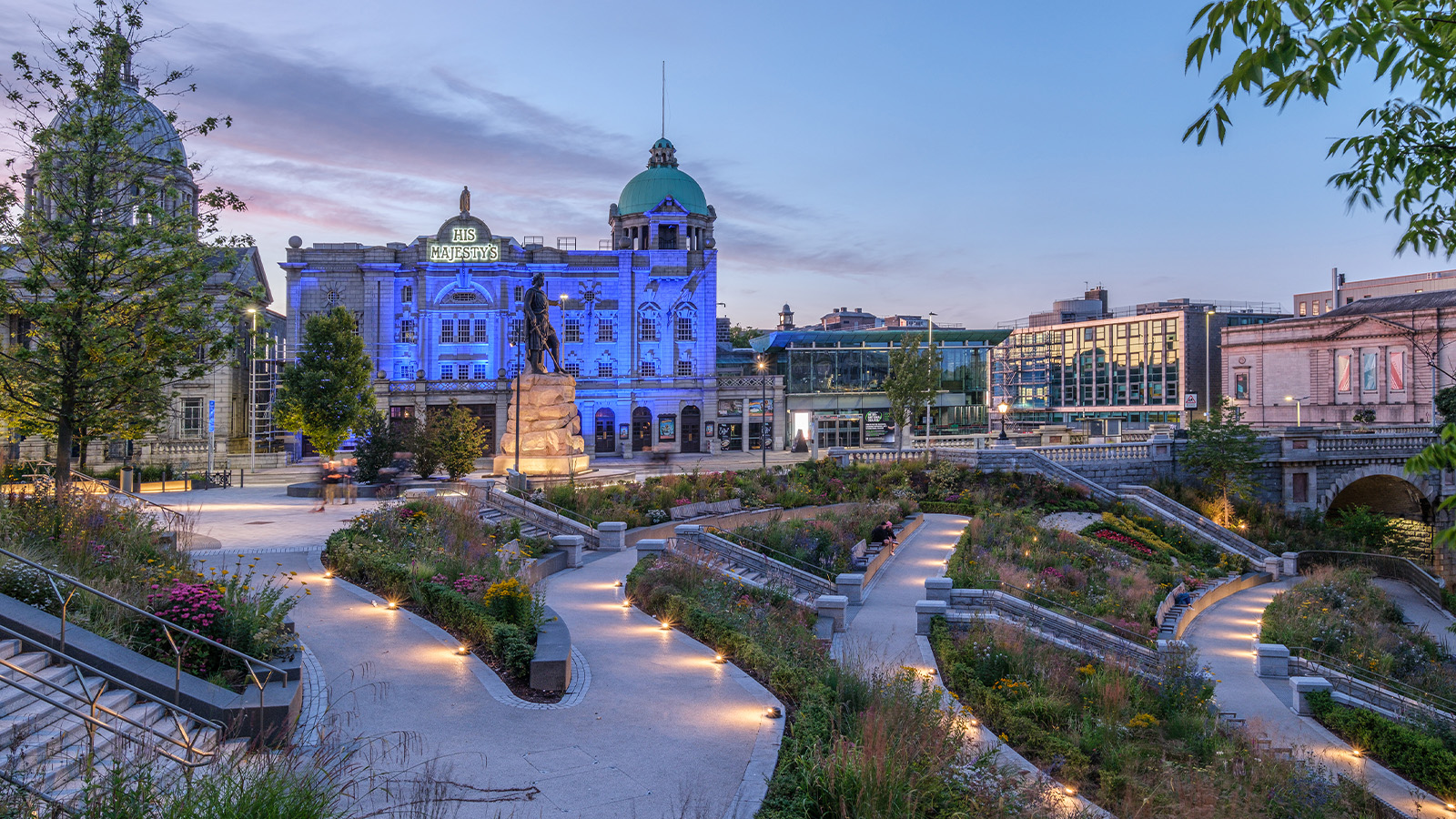 A revived public space in Aberdeen is named Scotland’s building of the year
A revived public space in Aberdeen is named Scotland’s building of the yearAberdeen's Union Terrace Gardens by Stallan-Brand Architecture + Design and LDA Design wins the 2025 Andrew Doolan Best Building in Scotland Award
-
 The Architecture Edit: Wallpaper’s houses of the month
The Architecture Edit: Wallpaper’s houses of the monthFrom wineries-turned-music studios to fire-resistant holiday homes, these are the properties that have most impressed the Wallpaper* editors this month